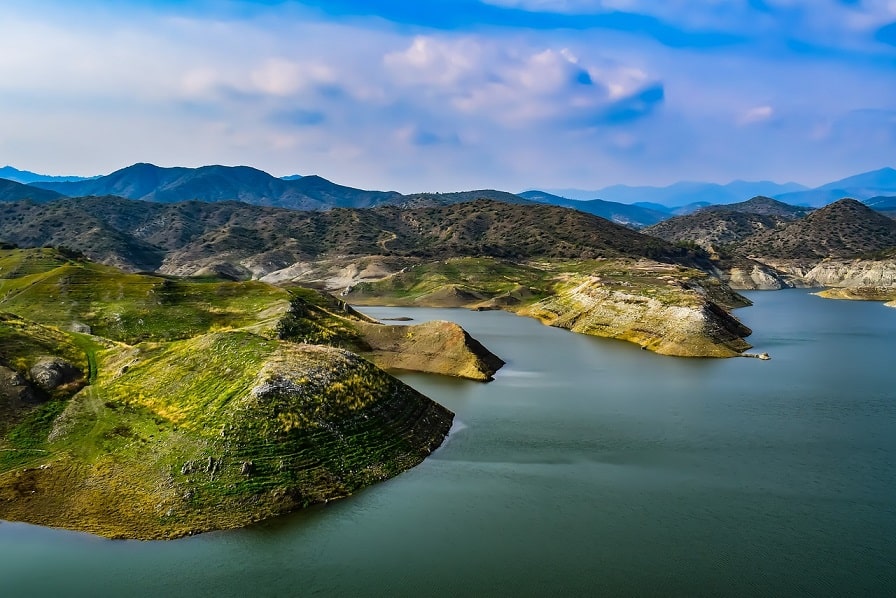Around 70% of the earth’s surface is covered with water, but less than 2% of that is fresh water, and this is spread among rivers, dams, glaciers and in underground aquifers. Humans need water to survive, as does all animal and plant-life.
The fresh water that is available to us is not only used for drinking purposes, but also for agriculture, personal hygiene, food preparation, energy, transport, and industry.
While most of us know about climate change by now, and that there are water shortages and water stressed areas, and that we need to save, reuse and recycle water, many individuals do not realise that things may actually be worse than that.
The problem is that the water levels in the majority of our underground aquifers are way below what they should be, and this is a major problem as aquifers are one of the main sources of the water that we use every day due to the fact that some are dangerously overstressed, especially in dry climates, and others are being drained faster than what they are being refilled.
NASA scientists have conducted studies to try to get an accounting of the world’s aquifers via the use of satellites launched in 2002. More than 2 billion individuals rely on aquifers as their primary water source, and if too much groundwater is pumped it can cause land surface to sink, rivers to dry up and can even cause wetlands to eventually completely evaporate.
Unfortunately, the effort to produce massive grain and food surpluses to feed the billions of earth’s inhabitants as well as to supply drinking water is taxing aquifers beyond their capacity. Famine and starvation currently threaten in excess of 50 million people globally, and additional food security risks for the entire globe are not far off if we do not, as humanity, do something drastic to preserve our water resources.






